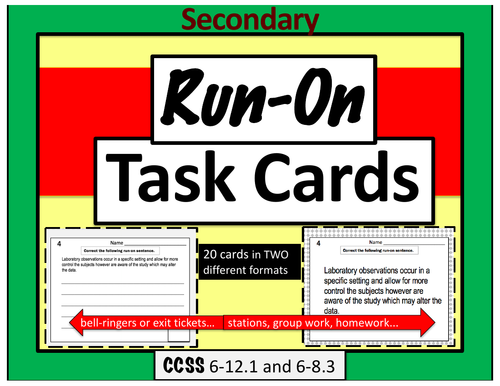Kim Kroll
I have taught for 22 years- 11 years at a fabulous high school, 9 years at a phenomenal middle school, plus a few more years elsewhere...I have taught 3rd through 12th grades! Recently, I moved across the country and am now a teacher at the ZOO! Seriously!!





















